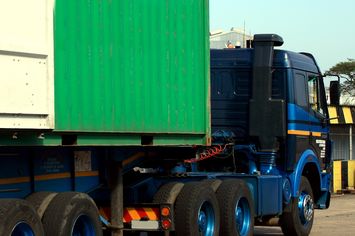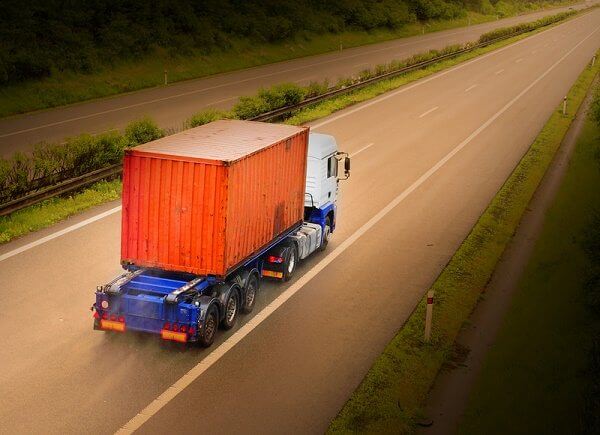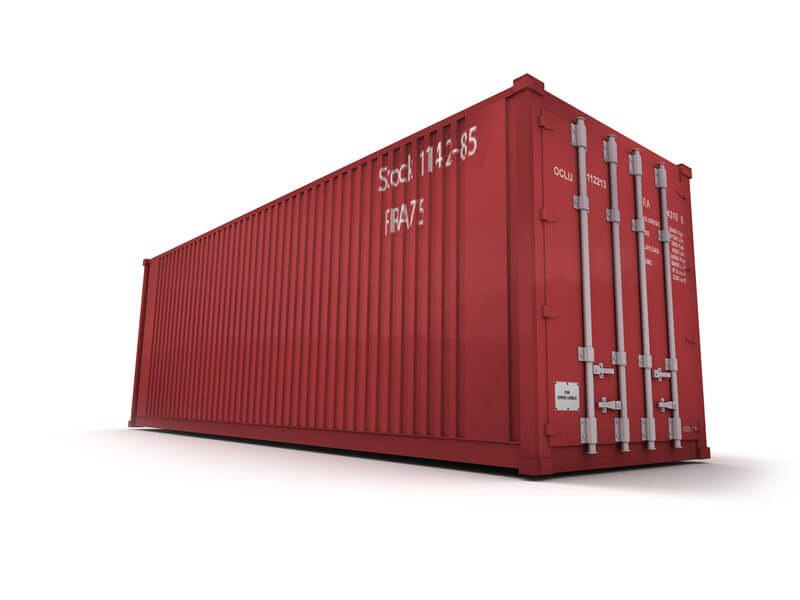Make Sure You’re Prepared
Before scheduling a storage container delivery to your site, there are a few important things you need to know. Details about permitting requirements, delivery fees, ground conditions and clearance space are all examples of information you will want to know in advance. Worst case scenario: you schedule your delivery, but then it has to be removed because you didn’t do your homework on site requirements! Scan the questions below to make sure you are prepared.

1. Do I need permission to place a shipping container on my property?
If the shipping container will be on your property for a temporary amount of time, you will need to either a) pull a temporary use permit from the city or b) do nothing at all because a permit is not required.
Most of this will depend on where your property is located (urban vs. rural) and if there are any neighborhood/local regulations. Many shipping container suppliers are familiar with the requirements for your area, so be sure to ask them ahead of time. But it is always a good idea to double check with your local authorities before scheduling delivery.
2. Is the delivery fee included in the total price?
Not usually. Most suppliers do not include the delivery fee with the total price of the portable storage unit because delivery fees vary. The fee is based on mileage: how far is your property from the storage container site?

3. How much is the delivery fee?
It depends on how far your site is from where the portable storage unit will be shipped. The less mileage between the two, the lower the delivery fee.
Most suppliers charge a flat fee for anything within a 60-mile radius, then an additional rate per mile outside of that radius. In some cases, if it is difficult to access your property by flatbed truck and trailer, you may be charged more for delivery. Be sure to confirm these details ahead of time with your supplier.
4. How soon do I need the shipping container?
Typically, shipping containers can be delivered within one week or less. But it will depend on the supplier you choose. Some suppliers can deliver as quickly as 24-72 hours from the initial order. If your need for a shipping container is time-sensitive, be sure to confirm delivery availability with the seller ahead of time. In some cases, you can pay to expedite the delivery of your shipping container if you need it as soon as possible.
5. How much clearance space do I need for delivery?
A 20-foot storage container usually requires about 75 feet of straight clearance. A 40-foot storage container will need about 100 feet of straight clearance. For most containers, you need a minimum of 12 feet of width clearance and 20 feet of overhead clearance.

6. What do I need to do to prep the site?
Most suppliers will let you know what kind of site prep is needed before delivering your shipping container.
Some things they will usually want to know:
- How long do you plan on keeping the shipping container on your property? (There is usually more site prep required for long-term vs. short-term use).
- Is the ground level, smooth and firm?
- Is there a concrete pad, paved road or sturdy surface to place the shipping container on?
- Is the site prone to flooding?
- Can a semi-trailer truck access your property?
Most suppliers will deliver shipping containers on any of the following surfaces: asphalt, gravel, grass, earth, or concrete. If the ground is soft or unstable, you may want to consider supporting the shipping container with a concrete footing, railroad ties, asphalt or a bed of gravel so that the weight is evenly distributed to prevent movement.

7. Are there specific instructions the driver should know before delivery?
There are situations when it is helpful to provide the driver with specific instructions about your property and storage container placement to ensure a smooth delivery. For example, if you have a single entry unit and you want the entrance/doors to face a certain direction on the property, it is helpful to let the driver know that ahead of time so they can load the portable storage unit appropriately. In many urban areas, drivers have to navigate through narrow entrances or roads where it is difficult to turn the storage container around once it has been loaded on the flatbed trailer.
